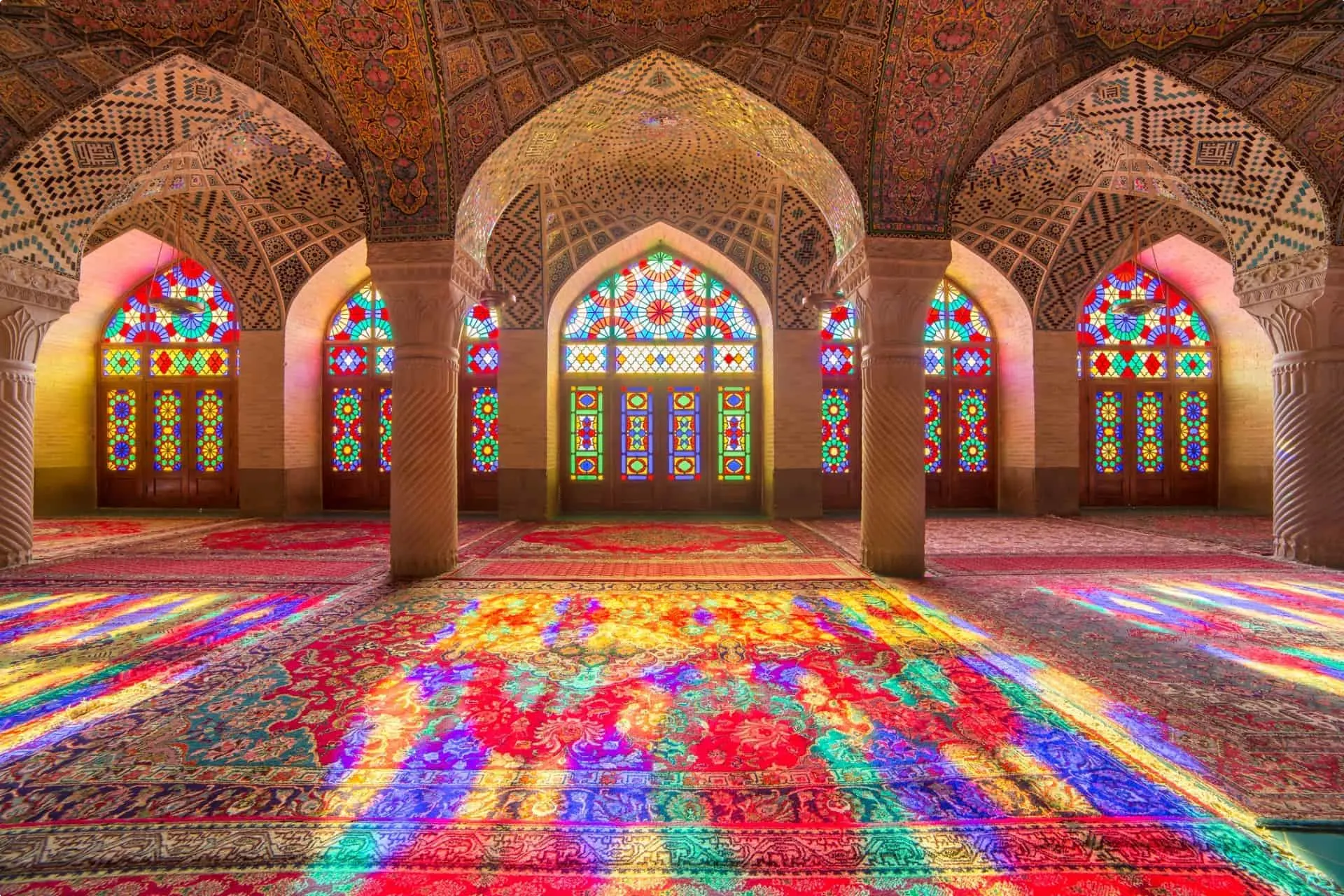Iran, a country with a rich tapestry of history and culture, is home to some of the world’s most remarkable architectural gems. These structures, ranging from ancient ruins to medieval mosques and from palatial complexes to garden pavilions, offer a glimpse into the country’s storied past and its significant contributions to the world of architecture. This article embarks on a historical odyssey through Iran’s architectural marvels, exploring the diversity and depth of its built heritage.
The Ancient Marvels
Iran’s architectural legacy begins in the ancient city of Persepolis, the ceremonial capital of the Achaemenid Empire (c. 550–330 BCE). Persepolis, with its monumental stairways, grand colonnades, and intricate reliefs, showcases the empire’s might and artistic sophistication. The use of massive stone platforms, known as terraces, and the integration of Apadana (audience hall) and treasury buildings, reflect a unique blend of functionality and grandeur.
Another ancient wonder is the city of Susa, which dates back to the Elamite period (c. 3200–539 BCE). Susa’s most notable feature is the Palace of Darius, with its remarkable glazed bricks depicting lions in combat, showcasing the early use of colorful tiles that would later become a hallmark of Persian architecture.
The Sassanian Era
The Sassanian period (224–651 CE) marked a significant evolution in Iranian architecture, with the construction of fire temples, palaces, and city complexes. The Taq-e Bostan, a group of Sassanian rock reliefs near Kermanshah, and the Palace of Ardashir in Firuzabad, with its innovative use of arch and vault, are prime examples of this era’s architectural achievements.
Islamic Architecture
The advent of Islam in the 7th century introduced new architectural forms and techniques, leading to the creation of some of Iran’s most iconic structures. The Seljuq dynasty (1037–1194) played a crucial role in developing Islamic architecture in Iran, with masterpieces such as the Friday Mosque of Isfahan, showcasing the evolution of the four-iwan plan and the use of intricate tilework and calligraphy.
The Safavid dynasty (1501–1722) further refined Iranian architecture, leaving behind a legacy of stunning mosques, palaces, and gardens. Isfahan, the Safavid capital, is a treasure trove of architectural gems, including the Naqsh-e Jahan Square (Imam Square), the Chehel Sotun Palace, and the Ali Qapu Palace. The city’s bridges, particularly the Si-o-se Pol and Khaju Bridge, are not only engineering marvels but also social spaces that reflect the Safavid era’s sophisticated urban planning.
The Qajar and Pahlavi Periods
The Qajar dynasty (1785–1925) and the Pahlavi dynasty (1925–1979) continued to build upon Iran’s architectural heritage, with a focus on royal palaces and public buildings that blended traditional Persian elements with European influences. The Golestan Palace in Tehran, with its beautiful mirror work and decorative tiles, and the Sa’dabad Complex, a collection of palaces and gardens, are prime examples of this period’s architectural style.
Conclusion
Iran’s architectural gems are not just physical structures; they are repositories of history, culture, and art. From the ancient ruins of Persepolis to the grand mosques of Isfahan, and from the royal palaces of the Qajars to the modernist buildings of the 20th century, Iran’s built environment tells a story of continuity and change, of tradition and innovation. These architectural marvels stand as a testament to the country’s enduring legacy and its significant contribution to the world’s architectural heritage.
